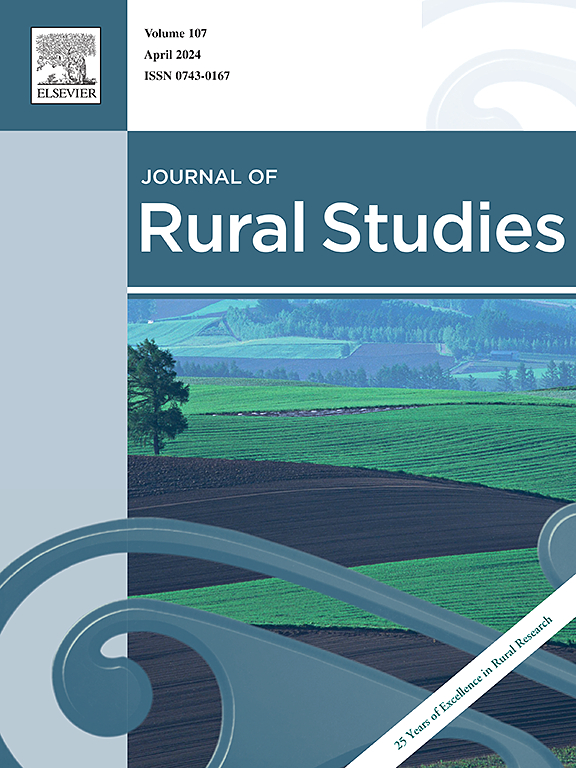Deconstructing complex micro-level migration activity in a rural municipality
IF 5.1
1区 社会学
Q1 GEOGRAPHY
引用次数: 0
Abstract
Focusing on quantifying changes in migration heterogeneity and population concentration, this paper presents a methodology for analyzing complex migration activity by combining aggregated and address-level data. Counterurbanization, conceptualized as the transition of a settlement system from a state of concentration to one of deconcentration, serves as the overarching theoretical framework for understanding migration activity. The primary aim of this study is to outline the fundamentals of a quantitative spatial decision support system tailored for a Danish rural municipality. The originality of this research lies in the use of an unprecedentedly low level of abstraction for migration analysis – capturing every single migration event within an entire municipality covering almost two decades. This includes attributes such as age cohort, former municipality of residence, prior affiliation to the destination municipality, and more. The findings challenge the prevailing narrative on rural migration patterns in Denmark. Contrary to expectations of urbanization or counterurbanization, the rural municipality studied has experienced neither. Instead, population depletion from rural areas has led to an increase in urban population concentration relative to the remaining overall population. Furthermore, the age distribution of migration activity has become increasingly skewed, with prior affiliation emerging as a decisive factor for retaining in-migrants.
求助全文
约1分钟内获得全文
求助全文
来源期刊

Journal of Rural Studies
Multiple-
CiteScore
9.80
自引率
9.80%
发文量
286
期刊介绍:
The Journal of Rural Studies publishes research articles relating to such rural issues as society, demography, housing, employment, transport, services, land-use, recreation, agriculture and conservation. The focus is on those areas encompassing extensive land-use, with small-scale and diffuse settlement patterns and communities linked into the surrounding landscape and milieux. Particular emphasis will be given to aspects of planning policy and management. The journal is international and interdisciplinary in scope and content.
 求助内容:
求助内容: 应助结果提醒方式:
应助结果提醒方式:


